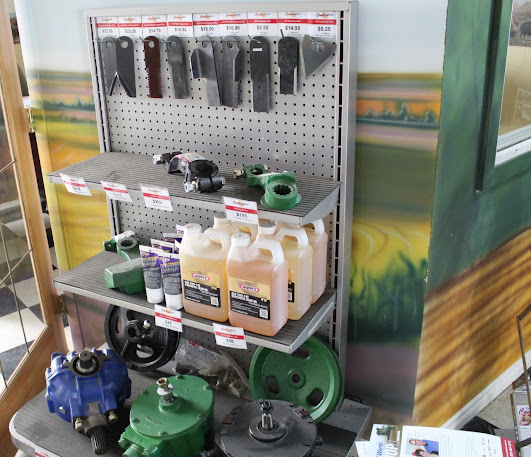How Combine Harvesters Are Made: Raw Materials, Manufacturing Process, Quality Control, And More
Combine harvesters are excellent equipment for farmers to perform two or more basic harvesting functions at any given time. A combine harvester would allow you to perform crop reaping, threshing, and separating the grain kernels from seed coverings and chaff. Some of the best combine harvesters will enable you to bale the straws after threshing cutting down your harvesting time even further.
Raw materials
Combine harvesters are easily one of the largest pieces of equipment that one can find in the farming industry, made using thousands of kilograms of raw materials. Sheet steel is probably the main raw material used to create these combines, which are often 48 inches wide and normally weigh around 5,448 kilograms. Massive rolls of sheet steel are delivered to the manufacturer, who then uncoil them and cut them into plates before grilling, shaping and welding to make the combine's body, grain tank, external panels etc.
Manufacturing process:
1. Cutting the steel: The first step of manufacturing a combine harvester is cutting the steel to measure by several machines in the sheet metal shop. The cut sheets are in basic rectangular shapes, which allow the experts to weld them together to create the body of the combine and the top-mounted grain tank. Next, the other complex parts of the combine is cut using industrial laser cuts before bending steel into the final form using a press.
2. Welding: Manufacturing plants welds small batches of parts using cellular manufacturing techniques. These techniques ensure that the job is done with speed and quality control, and also it is quickly passed from one operation to the next. To increase the efficiency of the welding process, the welding is done by powerful, computer-controlled units.
3. Painting: After the welding is done, the body of the combine is transported to be submerged in a paint tank with electro statically charged paint. Manufacturers ensure that the paint used are resistant to sunshine and moisture. Once the paint is done, the conveyor belt takes the combine body through the assembly line so that they can install other major components.
4. Welding the grain tank: After the combine body is done, the grain tank is welded, where the skilled workers uses a complex positioning and welding system for the process. The hydraulic cylinders uses the loaded flat sheets and position them in the side panels, while human welders secures the corners of the grain tank with tack welds.
5. Final assembly line: Once the body and grain tank has been welded and painted, they go to the final assembly line. From installing engine module to wiring to adding oil, gas and anti-freeze, 22 different assembly operations are performed altogether in the final assembly line
Quality Control
To receive the highest operational performance standards from a high-performing combine, every combine goes through an extensive quality control process. From finding the best suppliers of raw materials to implementing best practices through the final assembly, manufacturers will ensure each stage passes the quality control checks so that they can only deliver the best combine harvesters to the farmers.
Conclusion: Today Estes Performance concaves is one of the leading companies that engineers and develops advanced combine harvesters that farmers have been using worldwide. Their combines improve grain quality by giving cleaners crops at every harvest season.





Comments
Post a Comment